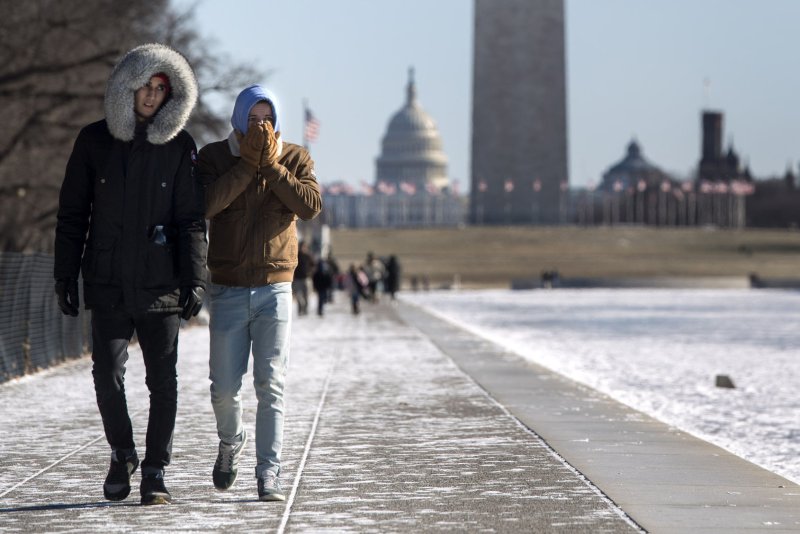Jan. 5 (UPI) -- Although the bomb cyclone that buried the east coast in snow is gone, brutal cold temperatures and powerful winds are expected Friday into the weekend.
The cold blast moving behind the storm from the Midwest to the Southeast and Northeast will deliver temperatures plunging as low as single digits during the day and below zero at night. Saturday is expected to be the coldest day.















